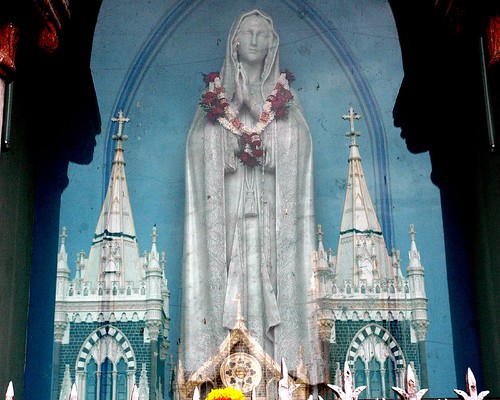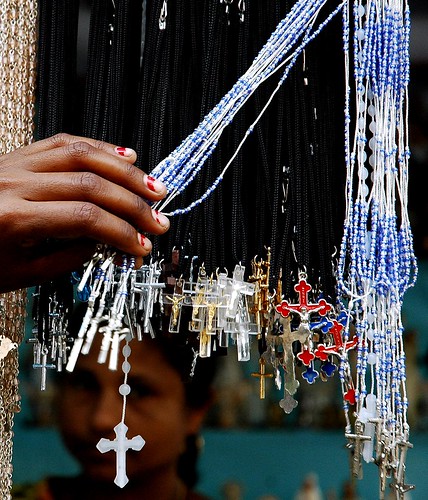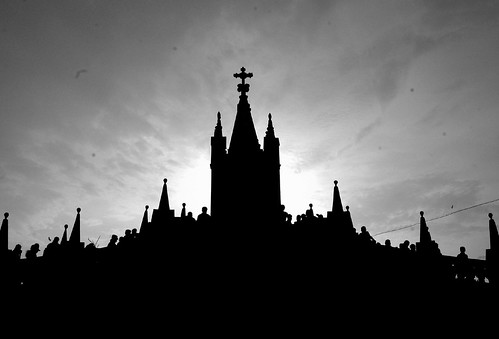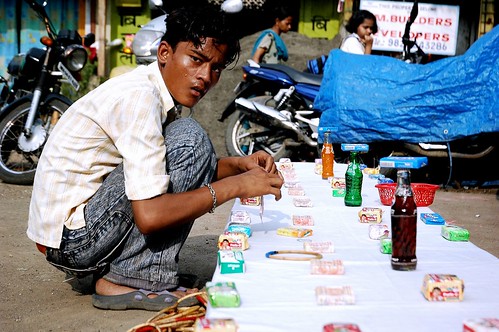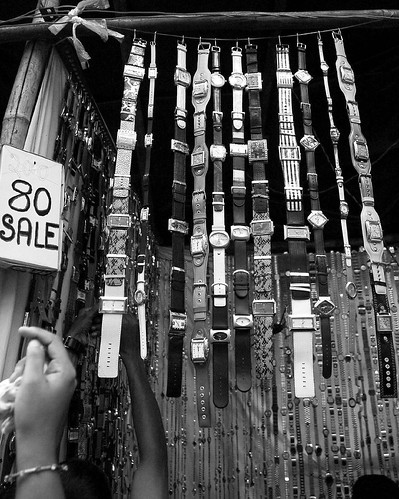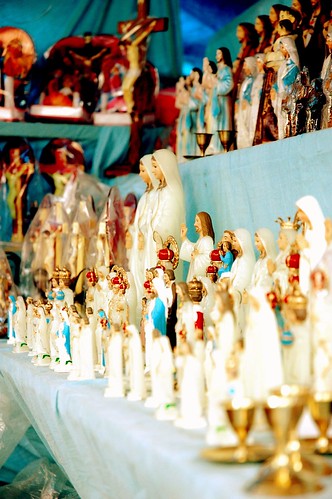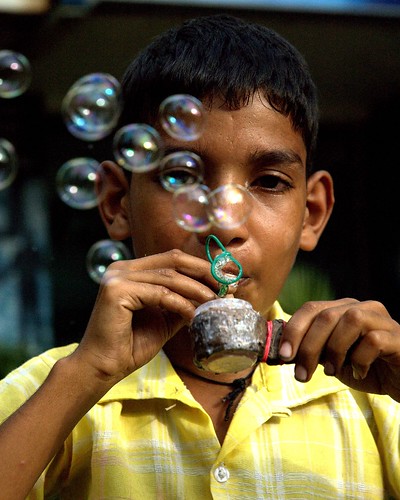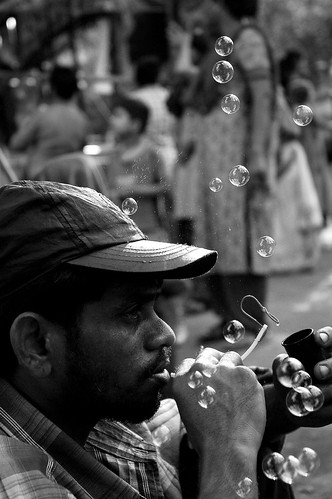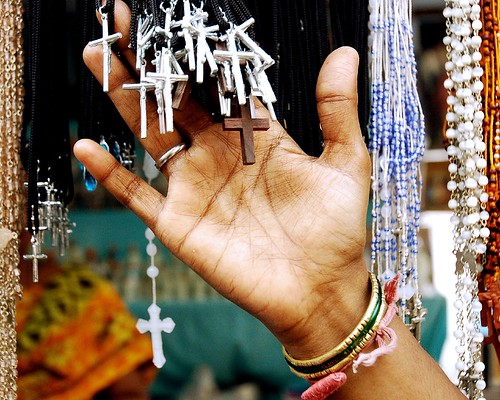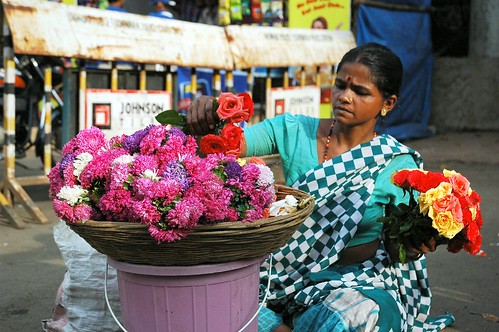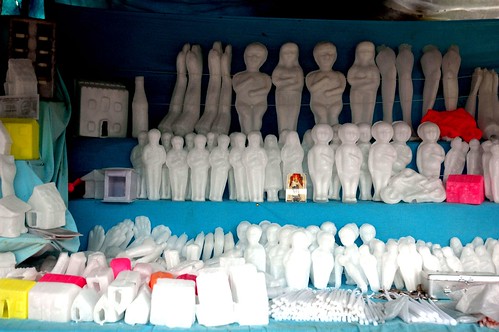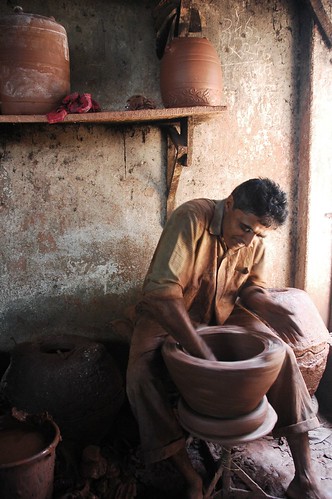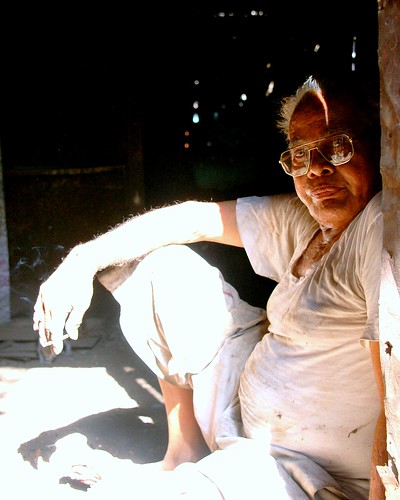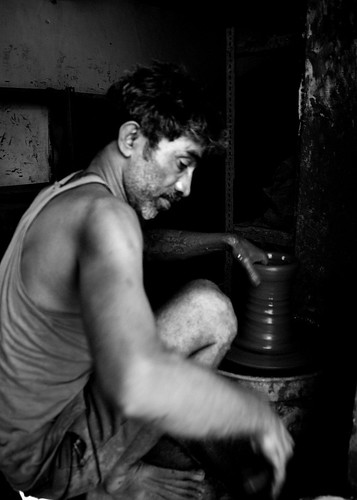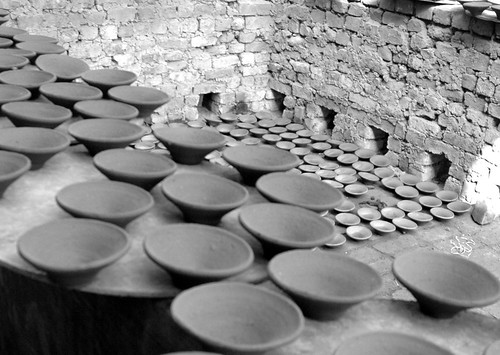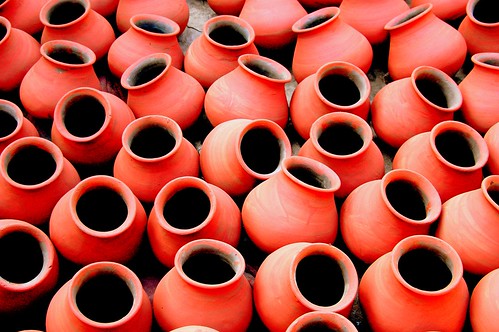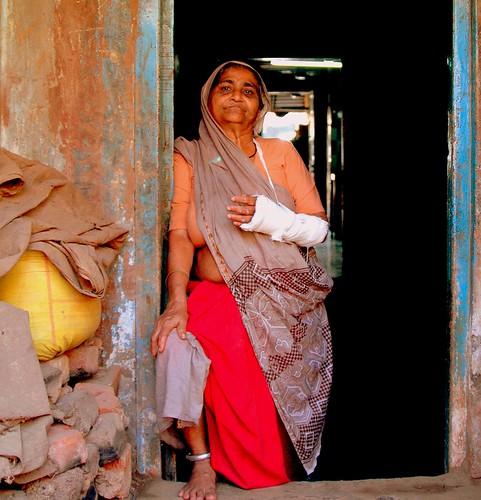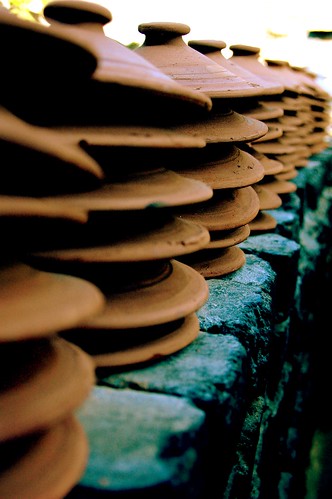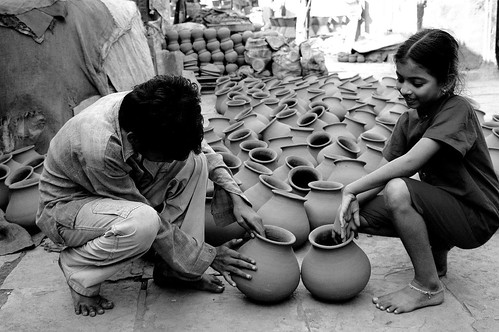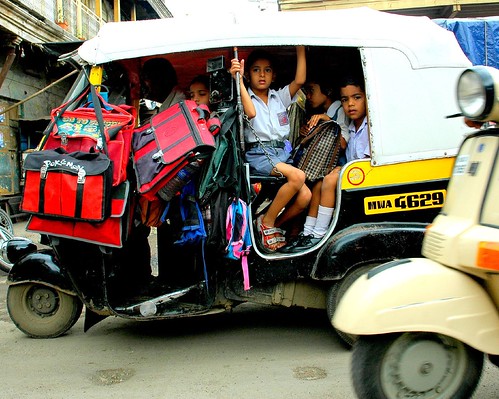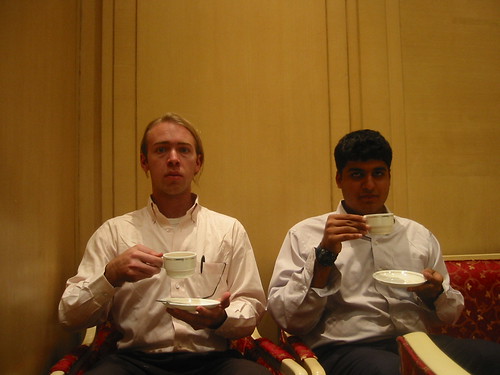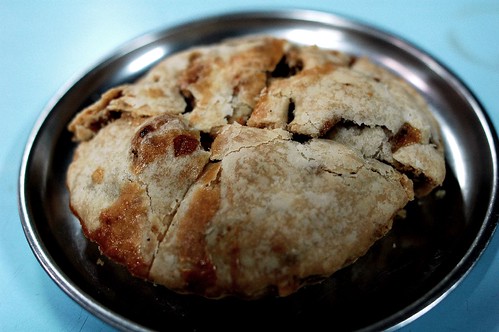
In the historic backstreets of Flora fountain, where the meandering street meets pale old mildew covered buildings you'll find Yazdani Bakery & Restaurant. The aroma of freshly baked bread fills the street and its hard not to tip your head slowly backwards and follow the smell till you seat yourself on a creaky Irani chair by a spotlessly clean yet chai stained marble top table in the single storied bakery. I predict you will then raise your hand and unconsciously order a chai and probably a rich and varied composition of the following things: a well buttered bun maska or some bread pudding or a golden sponge cake or some "fiery ginger biscuits" or some Oat & Raisin cookies all baked in a wood fired oven I might add. I ordered the apple pie and followed that up with some bun maska and lots of chai. Yazdani is probably the oldest Irani bakery in Bombay and its claim to fame is the delectability of its selection of breads and Pavs. Made from an age old Irani recipe, their kadak pavs live up to their fame; their velvety interiors are soft with a hard crusty armor. Baked in fluted molds, they have the look of small, beautifully formed sandcastles.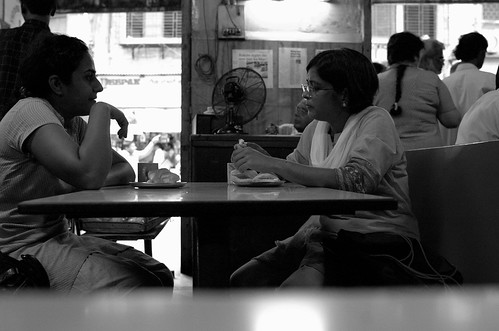
According to Upper Crust,
BBC TV once did a story on Yazdani Bakery and interviewed Zend. 'Why is your bread so good,' the TV reporter asked the baker. 'Because it has fewer chemicals, preservatives and softeners,' he replied, 'and it only contains apart from God-given salt, water and yeast, the Irani baker's blood, toil, tears and sweat!' The TV reporter, a woman, made a face.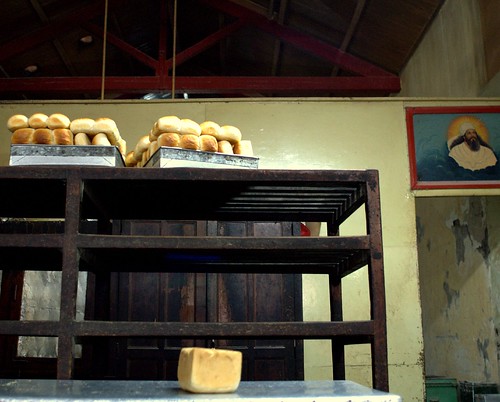
Yazdani is a Bombay institution not to be missed.
Here is their address if you need to pay them a visit
Zyros Zend/ P.M Irani
11/11-A, Cawasji Patel Street, Fort, Mumbai - 400 001. INDIA.
Tel. 2287 0739
They have a sense of humour too which is made obvious by their various signs and especially their tagline - "Your Daily Bread"
